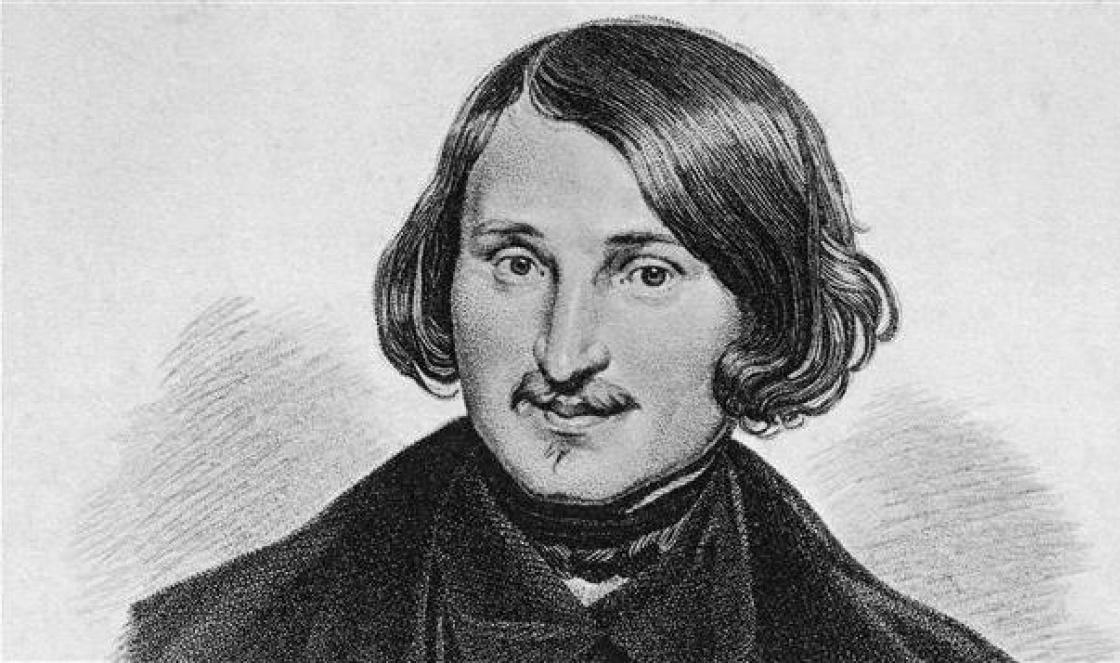We all love fairy tales. Fairy tales are not just entertainment. In many fairy tales, the wisdom of mankind, hidden knowledge is encrypted. There are fairy tales for children, there are fairy tales for adults. Sometimes one is confused with the other. And sometimes we get a completely wrong idea about all the famous fairy tales.
Aladdin and his magic lamp. Ali Baba and the Forty Thieves. What collection are these stories from? Are you sure? Are you sure that this is a collection of fairy tales "A Thousand and One Nights"? However, none of the original listings in this collection contain the tale of Aladdin and his magic lamp. It appeared only in modern editions of the Thousand and One Nights. But who and when put it there is not exactly known.

Just as in the case of Aladdin, we have to state the same fact: there is no true list of the famous collection of fairy tales about Ali Baba and the forty thieves. She appeared in the first translation of these tales into French. The French orientalist Galland, preparing the translation of "A Thousand and One Nights", included in it the Arabic fairy tale "Ali Baba and the Forty Thieves" from another collection.
The modern text of the tales of the Thousand and One Nights is rather not Arabic, but Western. If you follow the original, which, by the way, is a collection of Indian and Persian (and not at all Arabic) urban folklore, then only 282 short stories should remain in the collection. Everything else is late buildup. Neither Sinbad the Sailor, nor Ali Baba and the forty thieves, nor Aladdin with a magic lamp are in the original. Almost all of these tales were added by the French orientalist and the first translator of the collection, Antoine Galland.

Initially, these tales had a slightly different name - "Tales from a Thousand Nights." As we have already noted, they were formed in India and Persia: they were told in the bazaars, in caravanserais, in the courts of noble people and among the people. Over time, they began to write down.
It must be said that in the East this book has long been treated critically. "A Thousand and One Nights" was not considered a highly artistic work of literature for a long time, because its stories did not have a pronounced scientific or moral connotation.
Interestingly, the original fairy tales of the Thousand and One Nights are more saturated with eroticism than magic. If in the version familiar to us, Sultan Shahriyar indulged in sadness and therefore demanded a new woman every night (and executed her the next morning), then in the original, the Sultan from Samarkand was angry with all women because he caught his beloved wife in treason (with a black slave behind the willow hedge in the palace garden). Fearing to break his heart again, he killed women.

And only the beautiful Scheherazade managed to appease his thirst for revenge. Among the stories she told were many that children who love fairy tales should not read: about lesbians, gay princes, sadistic princesses, and beautiful girls who gave their love to animals, since there were no sexual taboos in these fairy tales.




